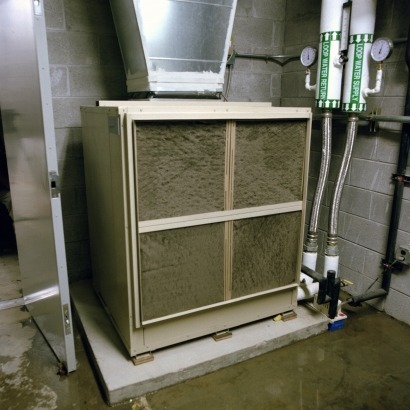
Under the Mayor’s new Carbon Challenge, new buildings in London have to be designed in such a way that they are far more energy efficient than current UK building regulations require. Until October 2013 new buildings in the capital had to achieve a minimum of 25 percent carbon savings above the energy efficiency levels required by Part L of the building regulations. In line with the Mayor’s published aim of making London a “world leader in improving the environment” the target has now been raised to 40 percent.
This represents a real challenge to builders and developers, something that will increase with the publication of plans to make all new homes in London zero carbon from 2016. Commercial developments with have a few years leeway, but even they will eventually have to comply with the zero carbon target.
“These are truly ambitious targets that you cannot meet just by changing a few light bulbs or turning down the heating by one degree” said Chris Davidson, Development Director at GI Energy. “The game has changed. They require a step change in the whole approach to how buildings are designed right from the outset, with careful consideration given to heating, cooling and lighting from the very beginning, rather than being after-thoughts.”
The new guidance requires large developments to have district heating schemes if possible, Mr Davidson added. Furthermore, they have to explore the use of Combined Heat and Power to generate electricity and heat locally. There are a host of factors and new technologies to consider, from the position of buildings to enable maximum use of natural daylight to the selection of truly renewable forms of heating and cooling such as ground source energy systems.
“The pressure to reduce carbon emissions even further will only increase – and what London does today, the rest of the country will be doing tomorrow” Mr Davidson said.
GI Energy offers renewable energy heating and cooling solutions across a range of technologies including ground source energy systems, air source heat pumps, combined heat and power, biomass, solar PV and solar thermal, demand reduction and power conditioning. One of its innovations has been to make combined heat and power even more energy efficient by finding a way to store the excess heat produced during the warmer weather. This can be achieved by diverting excess heat into the ground via the ground source energy system so that it can be recovered later in cooler weather for use in heating the building.
The company has completed more than 200MW of installations in the UK to date with landmark projects in London including the One New Change building near St Paul’s Cathedral, the Bulgari Hotel in Knightsbridge, the Serpentine Sackler Gallery in Kensington Gardens and London Bridge Station. It also offers remote monitoring and control which can enable the optimisation of renewable energy heating and cooling systems while also demonstrating the carbon savings to customers.
For additional information:

